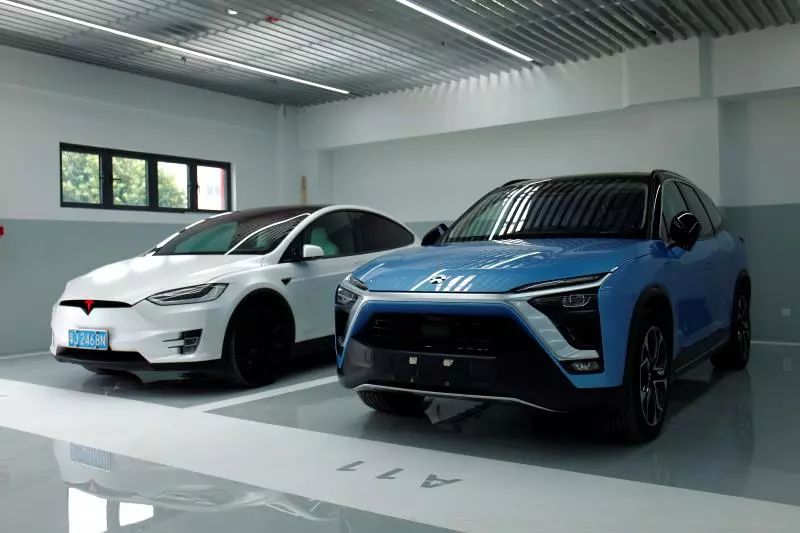Disclosure statement
-
Owner of a Tesla Model X 90D AP2.0, delivered on December 30th, 2016, covering over 75000km with frequent use of advanced driver assistance features, for commuting, inter-city and long distance scenarios, including over 20 experiences in sub-zero temperatures, equipped with a 6-seat configuration and 22-inch wheels with premium upgrade package, including Enhanced Autopilot and Full Self-Driving Capability.
-
Owner of a NIO ES8 Founders Edition since reservation on the 2017 NIO DAY event, delivered on September 20th, 2018, covering 1100km with use for commuting and inter-city scenarios, without long distance usage, with current minimum remaining range of 20km, having successfully referred 2 Founders Edition buyers.
-
Equipped with excellent home charging conditions, while frequently experiencing life on the road with Supercharging stations.
-
Having an established stand for clean energy, artificial intelligence and borderless technology, and believing in China’s rise as a global power.
Is ES8 worth buying? To start, let’s use the classical decision-making process and ask: “Will buying this car make me go bankrupt?” “Will not buying it make me rich?” Clearly, as a high-end luxury EV, the decision making process is already a “multi-dimensional equation”.
So, is ES8 really worth buying? From the perspective of a Tesla Model X owner, the “high-performance intelligent electric 7-seater SUV” ES8 (in the 500k RMB price range) can be considered. However, you must also accept that initially what you will be getting is a “high-performance (futures) intelligent (Buddhist) electric 7-seater SUV”. After properly managing your expectations, only then can you confidently say “I’m not being ripped off by spending half a million RMB on this car!”
Car attributes (mechanical performance)
Many reviews of the ES8 have already done in-depth professional evaluations of its power and NVH performance, most of which are positive. As a Model X owner, I mostly agree, and only provide supplementary details in terms of the differences between the Model X and ES8:1. Both of them are 5-second clubs, with no doubt on high performance! ES8 sets a 0.5-second delay in the initial acceleration in all driving modes, which weakens the sense of acceleration compared to Tesla, and it’s a deduction for the driver’s experience, even though the final result of 4.4 seconds is faster than Model X except for the P series, without exaggerating the on-demand advantage of pure electric (especially in sport mode), it’s a pity!
- There is a slight jolt in normal acceleration and deceleration, and both directions of acceleration and deceleration exist. In comparison, Tesla Model X is more linear and smoother. My wife and I confirmed by swapping driving and riding identities that it’s not a personal problem, and I guessed that the calibration of ES8 on acceleration (0.5-second delay) and deceleration (weak energy recovery or insufficient linearity) causes the issue?
- The brake test data is very beautiful, but for owners of cars like Benz AMG, Maserati, or Mustang, who come with a strong initial braking, they need to adapt because I am used to the combination of energy recovery and braking in Tesla, and I have no problem adapting, but two friends who currently still drive performance vehicles feel that the braking of Model X is softer. I personally speculate that the energy recovery calibration of ES8 is weaker than Tesla, which causes the feeling of insufficient safety in the front stage.
- The steering wheel is light, and it’s very comfortable in commuting scenarios. This calibration is one of the favorites for female drivers because the light steering wheel and soft suspension make the driver feel nothing like driving a large SUV. But I personally think that what needs to be optimized is the gap in the setting of steering wheel damping between different driving modes. It feels too light in sport mode.
- The air suspension has more stiffness adjustment than Tesla, and this must be praised! For commuting scenarios or passengers, this air suspension is very comfortable. But for the driver, the same problem is faced, the setting difference between different modes is too small. I personally think that the sport mode suspension is not hard enough, and the feedback of road sense is not direct and synchronized enough. When facing large ramps, the vehicle will jump and have a feeling of high-frequency vibration 2 or more times, causing ambiguous interference to the handling judgment. However, there is a speed limit when adjusting the height of the suspension, and “low” cannot be used as the default state. Tesla can adjust the height at any speed, and “low” can be set as the default, with the lowest level as “very low”.
- The NVH noise and vibration control is better than Model X, but the gap is significantly reduced after I upgraded my Model X (changed the tires, installed 3D surround carpets, soundproof materials for door panels and wheel fenders). However, because ES8 uses framed double-layer glass doors and windows, it still has an advantage in silence. If I have to choose, I hope to have frameless double-layer glass to achieve both comfort and ease of installation.7. The seating comfort of ES8 is better, mainly thanks to the larger size of the seat cushion, which is more in line with ergonomics compared to the Model X. As a Chinese person, I can’t understand why Tesla designed such short seat cushions just for the convenience of bigger American people entering the car? As for the seat style, I love the future feel of the Model X, especially the discontinued piano gloss chair back style, which perfectly matches the overall design language of the car. It’s like “drink Tesla chicken soup when you are tired and sleepy.”
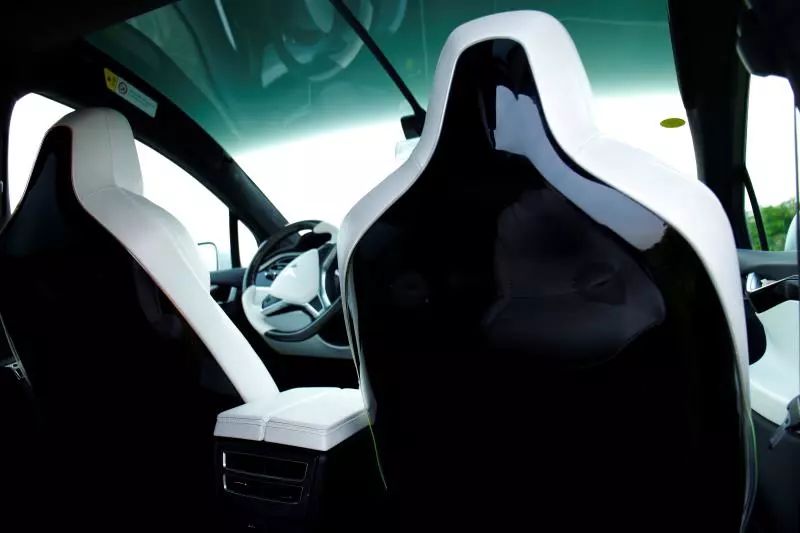
Both cars have useful and necessary seat ventilation functions, but I don’t understand why the Model X later cancelled this function.
-
The sound of closing the door of ES8 is much better than that of the Model X (front door). To be honest, the sound of the Model X front door closing is like a cheap single-layer iron house door, but I heard that this problem has been improved in the later production of the Model X.
-
Let’s talk about the seat layout, functionality, and convenience other than seat size. The queen’s car is a first-class cabin on land, with first-class comfort. The foot pedals will produce a certain degree of resonance during driving, probably transmitted from the front compartment. The usage of the parent-child mode may be lower because it requires sacrificing the right seat of the second row to complete the shift, with limited scenarios and increased maintenance costs for underground tracks. However, when combined with the “parent-child mode x queen’s car” combination, it can create an “indescribable new scenario”, leaving it to the old drivers’ imaginations…
Yes, I’m talking about the camping stargazing mode! For the third row, ES8 adopts traditional manual folding, which requires more force and operation steps compared to the one-button forward shift of the Model X, or the middle aisle of the 6-seater version. Combined with the huge space of the falcon wing doors, both the driver (in-car central control touch screen or passenger seat physical button control) and passengers have the most elegant and convenient way of entering and exiting the third row. In addition, the design of the middle aisle in the Model X 6-seater version provides more legroom for the third row passengers to stretch out their legs. Therefore, when our family of six travels, we also prefer the Model X from this perspective.
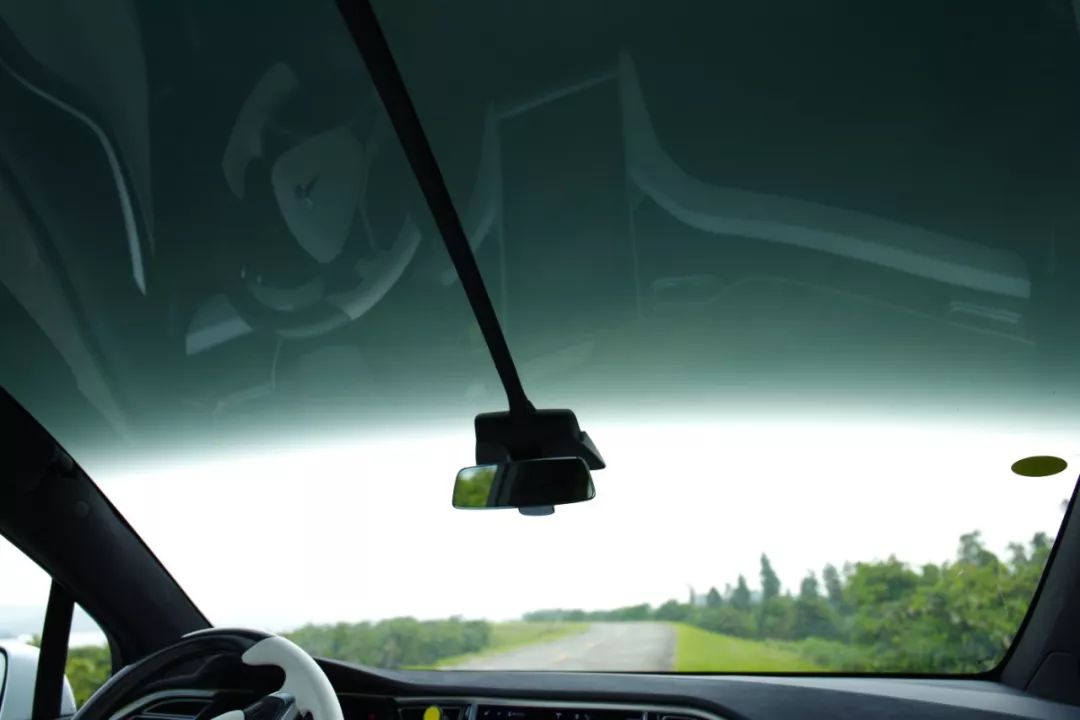 10. HUD (Head-up Display) was one of the features I was looking forward to on ES8, but I found several issues within the first hour of using it. Firstly, the non-self-luminous projection effect created a visual focus competition that required adaptation, and secondly, the current “automatic brightness” function did not work well. It was too bright in tunnels during the day or at night, which interfered with my line of sight to some extent. Although adaptability improved after 20 days of use, it did not change the fundamental problems mentioned above. Additionally, the currently displayed content and UI are relatively simple and fail to meet the expected performance.
10. HUD (Head-up Display) was one of the features I was looking forward to on ES8, but I found several issues within the first hour of using it. Firstly, the non-self-luminous projection effect created a visual focus competition that required adaptation, and secondly, the current “automatic brightness” function did not work well. It was too bright in tunnels during the day or at night, which interfered with my line of sight to some extent. Although adaptability improved after 20 days of use, it did not change the fundamental problems mentioned above. Additionally, the currently displayed content and UI are relatively simple and fail to meet the expected performance.
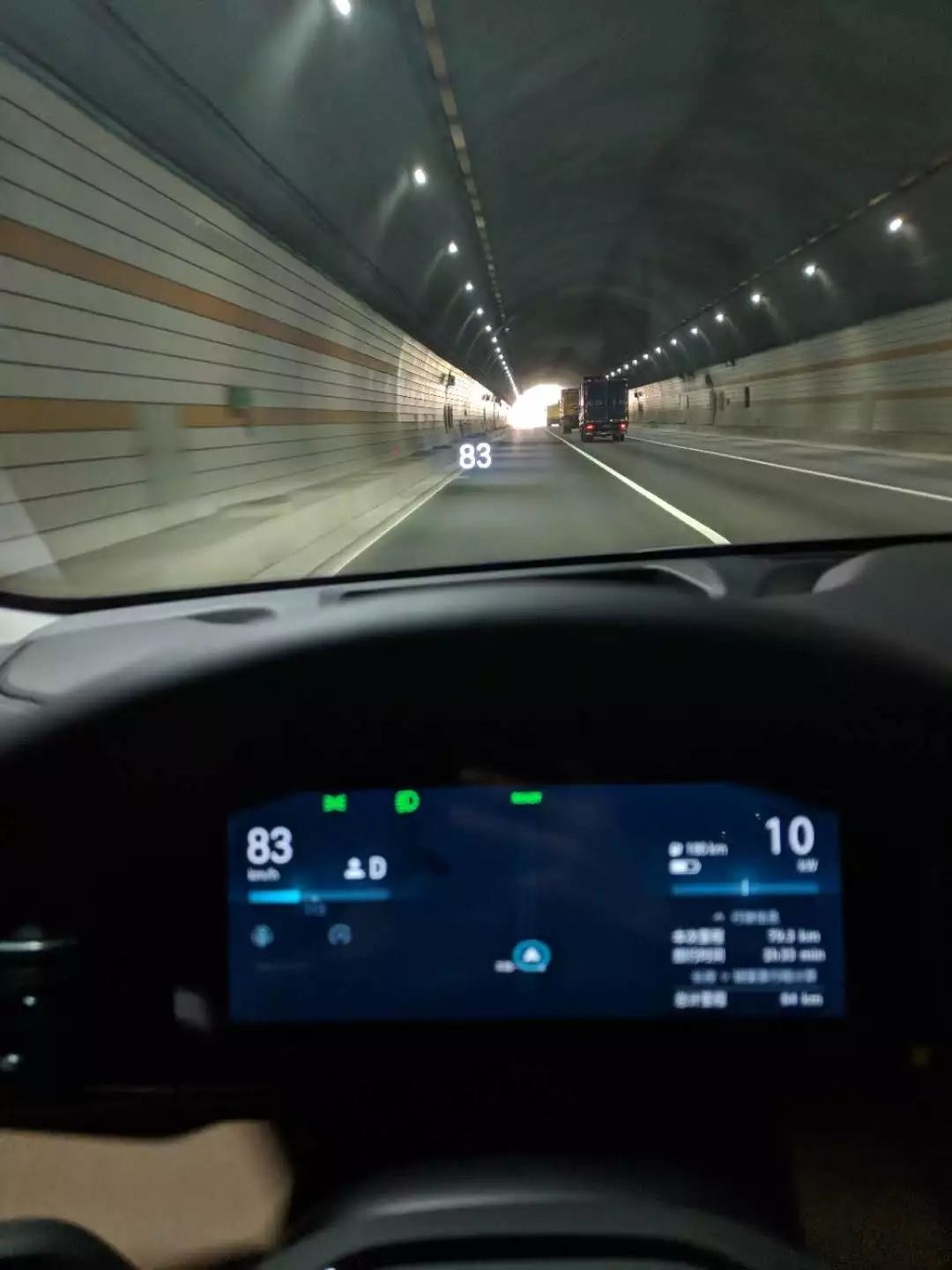
Based on my experience, I now understand why rumors about Tesla canceling the HUD feature on the Model 3 was true. After experiencing the VR “3D real-time perception of road conditions” displayed on Tesla’s center console, coupled with Autopilot assistance, the essential information needed by the driver and safety concerns require a rethinking of the HUD’s value or display effect and content form, especially with the elevated horizontal screen of Model 3.
Furthermore, I believe that the HUD projection position is not precisely designed for the best user experience. The ES8 sets the HUD projection position directly in front of the driver, which sounds suitable. However, the use of column-divided layout for displaying content is quite different. Boldface digital display numbers are the default display in the left column; when in navigation status, navigation-related content is displayed in the right column to achieve visual balance. When not in navigation mode, only the boldface digital display numbers in the left column are shown, which is more common. Therefore, the whole visual center tends to shift left, and those with OCD may constantly adjust their sitting position, suspecting that they are sitting crooked. Lastly, when wearing sunglasses or “3D glasses,” the HUD disappears entirely, which is quite frustrating.
- The two screens are the ES8’s weakness. The reflection situation is much worse than that of Tesla, but the response speed is better than the MCU1 of Tesla’s previous generation central control. This difference no longer exists in Tesla’s new standard after using MCU2. Additionally, the significant black edges of the two screens leave much room for improvement, such as UI software solutions, edge wrapping, or moving the physical keys on the big screen into the black edge frame and implementing a touch-sensitive hard solution.
I don’t know if the limitation is caused by the large screen size or product concept, but the lack of a split-screen function for the big screen is regrettable for Tesla owners. Those Tesla owners who are used to seldom using the physical reverse mirror while driving but depend on the rearview camera to back up, please show me your hands.
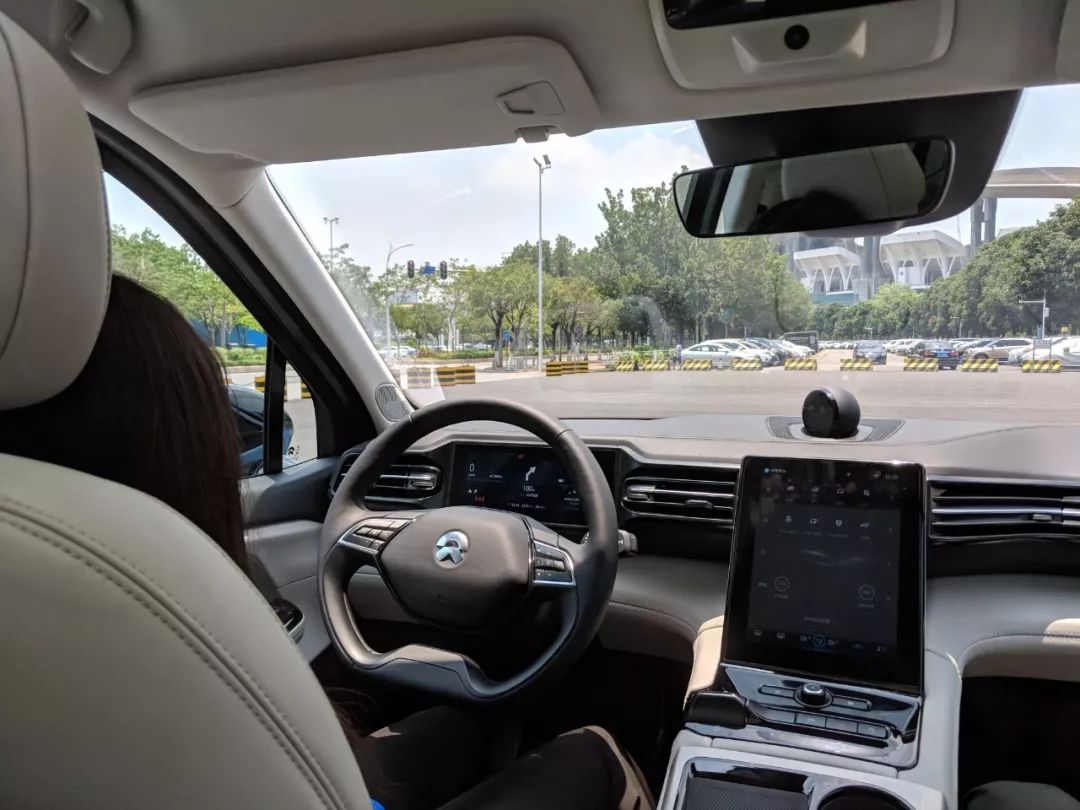 “`
“`
-
I want to give ES8 negative points for its rear camera! The resolution is poor, and there is fisheye distortion. Of course, this evaluation is in comparison to Tesla, but I believe that this kind of high-frequency usage and its direct impact on user experience and safety, and involving non-major electronic components, is completely worth upgrading. It is definitely a small investment with great benefits!
-
ES8, which also has Autohold, indeed has the issue previously reported by others that “the intensity of starting each time is different”. You have to stare at the dashboard to confirm the status, without achieving Tesla’s “blind operation” effect!
After careful testing, I personally speculate that the start position of ES8’s Autohold is at the front end of the brake pedal stroke, so it is usually triggered by lightly stepping on it. Then the problem arises:
-
“Light stepping” is a non-quantifiable term, unlike in Tesla, where there is a clearly defined “step all the way down” blind operation that provides feedback confirmation.
-
When decelerating to a stop by stepping on the brake, if the pedal has already passed the front end position of AH startup, then trying to continue to step down to start AH will obviously not succeed after the vehicle has come to a stop. At this point, you need to lift your foot and lightly step down again to start AH, while Tesla does it all in one go, smoothly switching from stepping on the brake to starting AH with one foot all the way down.
- As for the gear shifting, both Tesla and Mercedes-Benz owners are likely to fall in love with the electronic shifter that allows all operations to be completed without taking their hands off the steering wheel, but because of patent issues, we have become accustomed to other ways, which is not a big problem.
Concerning the electronic shifter on ES8, some car owners have reported suspected malfunctions, such as not being able to shift gears, and P gear changing to R/D and other suspected cases. It is currently unknown whether this is an individual and occasional bug or an operator error.
However, after my testing and confirmation with Ted, the person in charge of the official software, there is a logic to be optimized: currently, when ES8 is in R/D gear and the main driver’s door is opened and the driver’s buttocks are off the seat, it will automatically activate the EPB (electronic parking brake), whereas Tesla will directly switch to P gear. The difference is that in this scenario, ES8 will move when you step on the accelerator pedal (because of the electronic parking brake), while Tesla needs to shift gears again before moving. Ted said that they will consider optimization and updates.
Also, to update the previous discussions in the NIO car owner group about the relationship between opening the car door, changing gears, and whether it can be driven among different brands and models: after my testing, ES8 and Model X can be driven when in R/D gear and the driver’s buttocks are not off the seat, even when the car door is opened. However, when in R/D gear and in Autohold mode, the driver’s buttocks are not off the seat, and the car door is opened, neither of them can be driven, but the difference is that ES8 will automatically switch to the EPB, while Tesla will directly switch to P gear.
“`
- The difference between the function keys on the multifunctional steering wheel of the two brands is also obvious. The Tesla S/X steering wheel adopts a roller + two large physical buttons, combined with the design logic of the system menu, which is very suitable for blind operation! In contrast, the ES8’s steering wheel button design is much inferior. First of all, the center point does not have a positioning touch function which is not conducive to blind operation (Tesla’s roller assumes the positioning touch function), and secondly, in combination with the menu logic of the car’s instrument panel: the first-level menu switches left and right, and the second-level menu switches up and down, however the most fatal flaw is the small menu display area, which is undoubtedly negative points! In comparison, I have higher expectations for the Model 3’s roller performance.
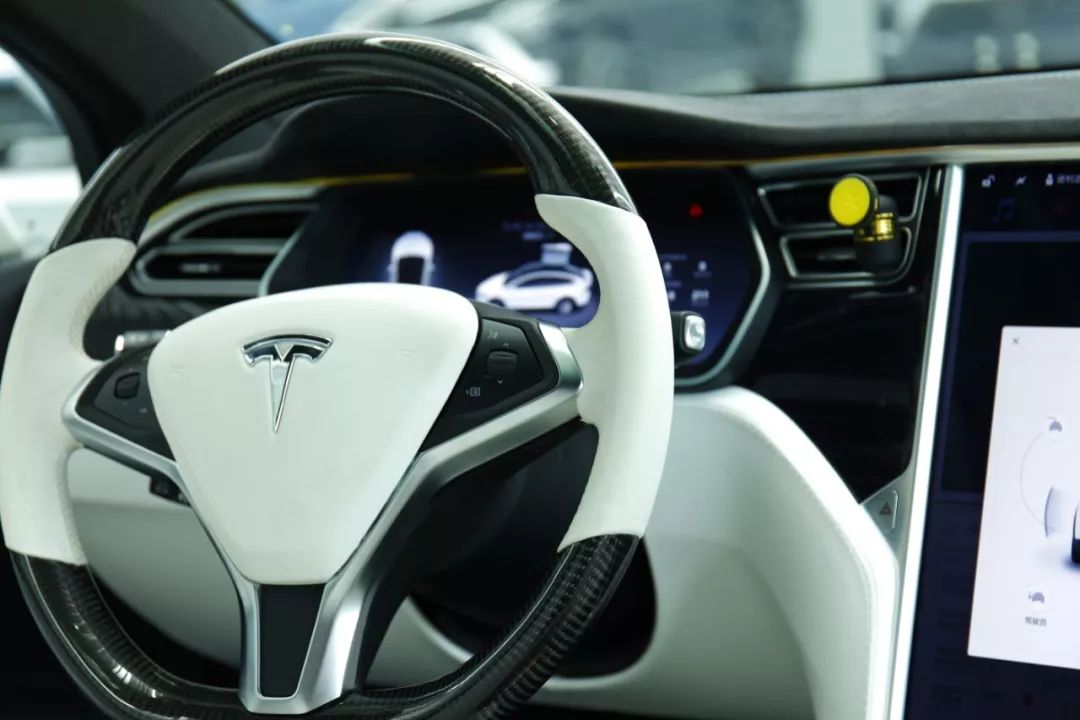
-
The sound system of the ES8 Founder’s Edition is better than the standard configuration of the Model X, combining with the content integration of domestic streaming media applications which greatly improves the usage rate of the sound system, highlighting Tesla’s disadvantage in this regard.
-
In terms of storage space, Tesla continues to demonstrate its elder brother charm. The front and rear trunks have no pressure in the luggage war of my family of six going abroad multiple times; however, the ES8’s luggage space becomes relatively poor when fully loaded, of course, the design of the handbag counter is still very pleasing to the queen, but the depth of the handbag counter and the armrest box is large, which is challenging for placing small miscellaneous items, and also leaves a way out for friends in the aftermarket.
Adding to that, I would like to complain about the fact that the USB port is deep inside the armrest box. When the wiring is taken out for use, the armrest box cover is not tightly closed. I think even if it is set at the 12V power supply port in the handbag counter space, it is much better than hiding it inside the armrest box. Car owners who think the ES8 has no USB port, show me both of your hands, okay?
- The last thing that many people overlook but I am particularly curious about is why the plastic shell of the tri-camera on ES8 is so huge? This big black box makes the front windshield view of ES8 even smaller, which takes some getting used to for someone who is accustomed to the helicopter view of the Model X.
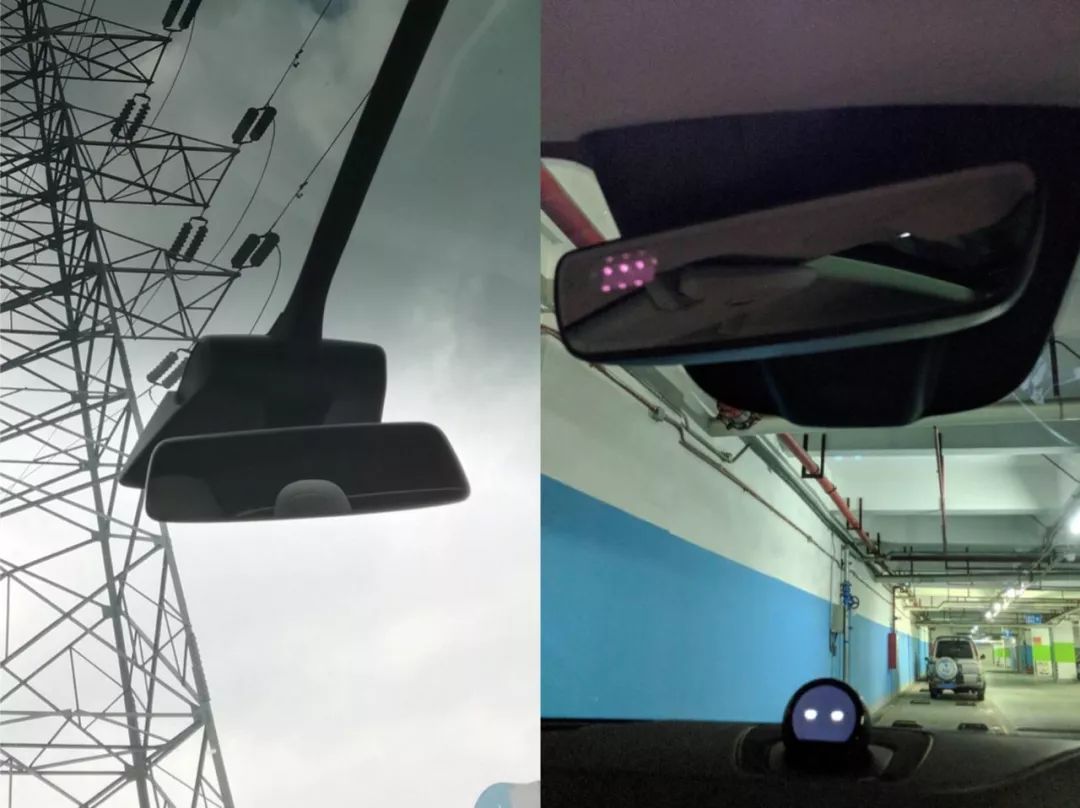
Let’s revisit the purchase decision: the official positioning (50W level) “high-performance intelligent electric 7-seat SUV” -> the reality is “high-performance (futures) intelligent (careless) electric 7-seat SUV”. I personally think it is worth considering, but I have to say that NIO has timed it very well, and of course, this timing is accompanied by the huge controversy of the “unfinished product”!The reasons for consideration are simple. If you have charging conditions (preferably home charging or live in a city where NIO services are available, or live in an area with well-matched public charging facilities), 80% of scenarios involve commuting or intercity travel within 300 kilometers round trip. If you have a high tolerance for software system problems and are willing to wait for OTA updates, you’ll be happy to use it. If you do a lot of frequent long-distance business trips, you should observe it a bit more to avoid turning EV enthusiasts into dissenters.
Although there are still some imperfections or calibration issues with the “car attributes” mentioned above, I believe that the part concerning calibration can be solved through OTA software updates (you need to ask Bin Ge about the time), while other issues are the result of comparing to the Model X in a vertical contrast, which is priced 2 times higher than ES8 after all. Personally, I think it’s worth the price for the “high-performance electric 7-seater SUV” + “intelligent futures” that ES8 offers.
As for the “intelligent” attribute, ES8 is equipped with hardware that currently does not provide all the functions related to ADAS. Therefore, I define the intelligence aspect as “futures”. I believe that Chinese brands can make a significant contribution in this field. It is important for everyone to objectively understand the current situation and manage expectations. This is crucial for whether buying ES8 can “create a happy lifestyle”!
Intelligent Attributes (Vehicle Infotainment System, Autonomous Driving System)
First of all, Bin Ge himself admitted that he is not satisfied with the current state of the vehicle infotainment software system, and I am even somewhat surprised by the current results for the following reasons:
-
The methodology for understanding and learning about the product. With such a powerful intelligent electric car pioneer like Tesla as the research and learning object, there should not be such low-level errors as missing important, core content.
-
There are logical problems or omissions in setting up scene intelligent linkage.
-
The account system that must be considered during the system prototype stage, or at any stage of software system architecture, currently does not exist in ES8. Therefore, all the settings cannot be saved under the account, let alone multiple user settings.
Based on the current situation, I believe that most of the problems are not related to development time and priority. This is my own irresponsible guess:
-
There are serious management and efficiency issues with the Chinese and American software teams’ collaboration, even to the point of having to start over at some point.
-
Radical hardware selection has caused unknown problems that have affected the progress of the system.
-
Flaws in product thinking.If it is issues 1 and 2, I think it is appropriate for the official to communicate with the users. According to Tesla’s experience, the users will support the brand to overcome difficulties, and withstand hard times together. It should be noted that the first batch of Tesla AP2.0 owners had all ADAS related functions closed when they received their cars. However, because the official announcement was that due to the selection of advanced hardware during the independent development of the AutoPilot system, the owners expressed understanding and increased brand favorability. Eventually, the functionality was gradually implemented, and immediately followed by the major update V9, which formed the entire brand’s belief.
If it is issue 3, I am more worried.
For example, there is no real-time energy consumption reference provided in the entire car system, there is no total mileage display, the font of the range number is too small, the electric power graphics are also too small and have not been given unique colors. These are unforgivable product interpretations for pure electric car owners.
The headway solution for “mileage anxiety” for pure electric cars is to have real-time and accurate control of range data. The accuracy of range data is highly related to real-time energy consumption. How to understand? For example, the range benchmark of the Tesla Model X is calculated according to 220 Wh/km, which is dynamically adjusted based on the user’s actual energy consumption. The driver is very clear that by controlling energy consumption at 0.22 kWh/km, it is possible to achieve the displayed cruising range. If the energy consumption is lower than this, then it is possible to obtain a range higher than the current displayed range, and the system dynamically calculates and displays the result in real-time. This is the information symmetry link that solves “mileage anxiety”.
What is the logic that ES8 currently does not provide? Does “mileage anxiety” not exist? Because there is a one-click button?
Personally, I hope that the above issues are not due to product thinking, because waiting for an acceptable amount of time for implementation is not scary. The scariest thing is the lack of consensus, where the product manager considers this as a non-issue or a false need that does not require any changes.
Regarding the car system, I have organized a lot of questions, but since the NIO App also has many users who have mentioned this, I will focus on the aspects that have discussion value in terms of product form compared to Model X:
-
The UI system needs a major upgrade. This is highly in demand among NIO owners;
-
Provide real-time energy consumption, outdoor temperature display, adjust the logic of the dashboard’s travel time for this section of energy consumption display as soon as possible;
-
Provide keyless driving;
-
Adjust the door locking system to automatically lock the car without the need for a physical button. The music volume when opening the door should automatically decrease, and the car’s air conditioning and system should immediately turn off, without any delay;
-
The air suspension increases in height when leaving the car, and does not lower when sensing the key welcoming the guest. As a result, the high ground clearance makes it difficult to get in and out. In comparison, the logic of the Model X is: the suspension is lowered when parking to facilitate getting in and out. In fact, I have seen this kind of mode on public buses before, right?
-
Provide overheat protection and intelligent temperature control (requires the calendar travel function to be matched).7. Temperature adjustment and seat ventilation are placed in the first-level menu;
-
Poor mobile network signal and frequent disconnections;
-
Cancel the parking image delay logic, and in the case of cannot split screen, non-R gears do not need the parking image screen dominance;
-
The entire prompt tone system (including radar and low-speed pedestrian warning) has been upgraded and optimized, especially the warning sound, which cannot achieve effective warning experience in terms of sound type, size, strength, and icon, as shown in the Tesla demonstration;
-
The vehicle and mobile app need to have the function of unlocking the charging port. I have tried that the charging plug was locked and could not be pulled out, but the system cannot confirm the lock status and the effective operation to unlock it;
-
The optimization of the driving seat pressure sensing and the car machine and gear linkage logic. Currently, when moving PP but not leaving the seat, it is considered as leaving the seat, which results in the vehicle triggering EPB start and the car machine entering sleep mode. A common scenario is enjoying audio and video entertainment while waiting at a bus stop, which will affect the experience due to accidentally triggering the car machine’s sleep mode when adjusting the sitting posture;
-
Multiple driving modes selection and personalized mode definition are stronger than Tesla and must be praised. If the calibration values between modes can be further expanded, it would be perfect.
Nomi deserves special praise for AI voice, which will serve as an important interaction method combined with touchscreens, gestures, and vision to create a brand new interaction experience. Currently, through this opportune combination of AI voice – Nomi and the integration with local streaming applications, ES8 showcases strong local service advantages, while Tesla (China) does not fully reflect the status of China as the most important new energy vehicle market in the world.
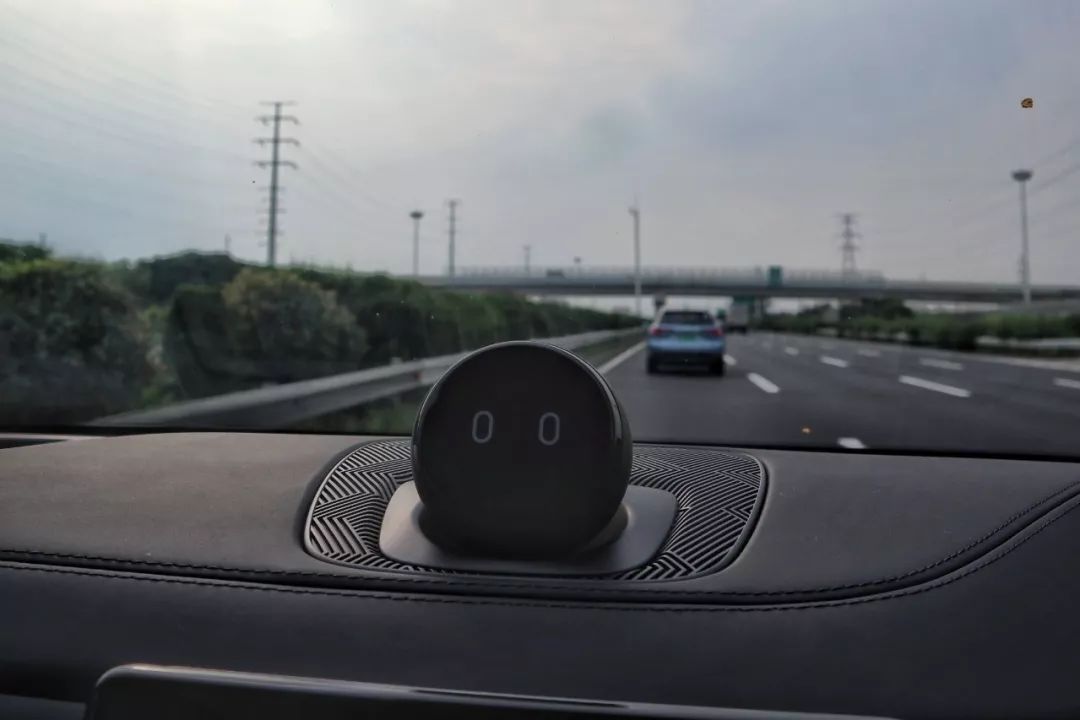
I believe that understanding, response, and iteration of local demands is an important high ground for Chinese new car manufacturers to fight the wings. Some people say that AI voice is something with no technological content, and smart speakers or phone voice assistants that cost only a few hundred yuan can achieve it. However, vertical applications require understanding of scenarios and intelligent personalized settings, which need to be accumulated, precipitated, and refined, not just the matter of voice technology itself.
Even the AI voice software and hardware suppliers’ selection and calibration can vary greatly. I have tested that XiaoDu XAI is the most sensitive in terms of wake-up sensitivity. If this set of solutions is switched to ES8, it will save you a lot of valuable resources.
The most controversial internet celebrity topic: Endurance
First of all, the “mileage calculator” on the ES8 official website is basically accurate and not exaggerated.The Secret lies in the “Driving Mode”
Usually when we compare energy consumption, “Driving Mode” is not provided. ES8 car owners who achieve good results usually drive in a relatively relaxed environment with “Eco Mode” or “Comfort Mode” (i.e. 6.9 seconds acceleration instead of the best result of 4.4 seconds), while Tesla usually uses “Standard Mode” (i.e. the best acceleration, such as the X90D at 5 seconds) instead of the “Chill Mode”, and whether or not to use the “Cruise Control” especially the “Autopilot” under the same conditions has a significant difference.
According to my usage scenario, the energy consumption gap between Tesla Model X 90D and Nio ES8 under the same conditions is conservatively estimated to be more than 30%, although it is not a rigorous measurement and the data comes from official data of the vehicles. A careful comparison revealed that ES8 not only consumes more power under high-speed conditions than Model X, but also shows a significant difference in energy consumption under ultra-short distance or slow-speed conditions, i.e., high-speed condition energy consumption has a large gap with Model X under non-uniform ultra-short distance, while energy consumption gaps at uniform speed and medium speed are not that significant.
I attempted to contact Ted, the official software responsible person, to ask about the energy consumption accuracy issue, but did not get a reply. Irresponsible speculation suggests whether it is related to the linearity of acceleration (0.5-second acceleration delay, weak or not linear energy recovery)?
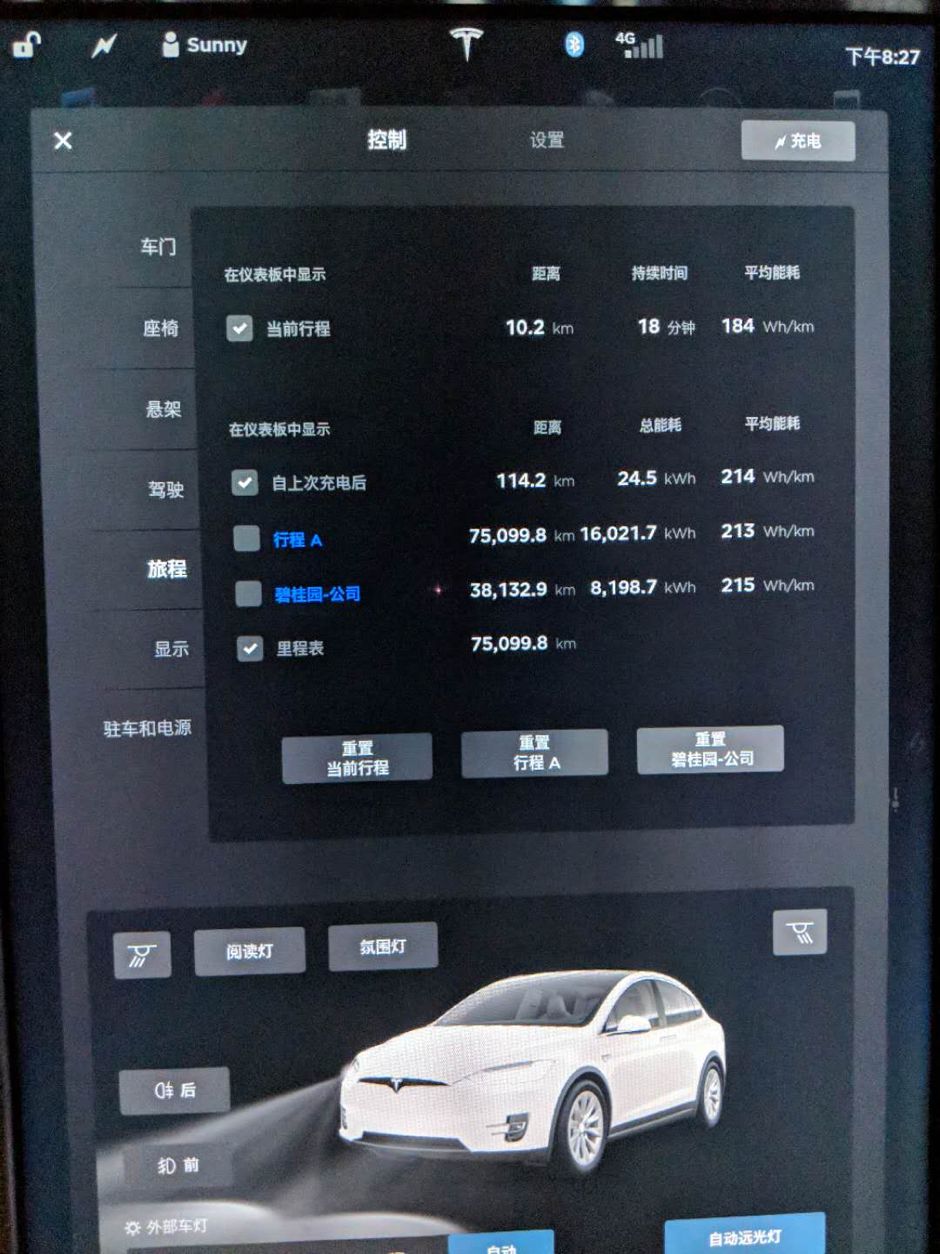
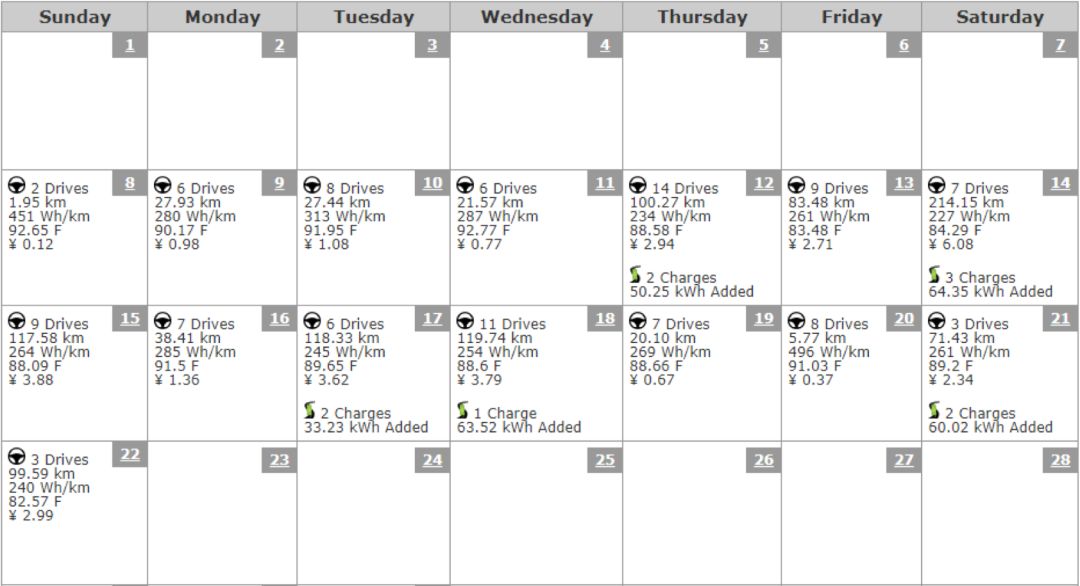
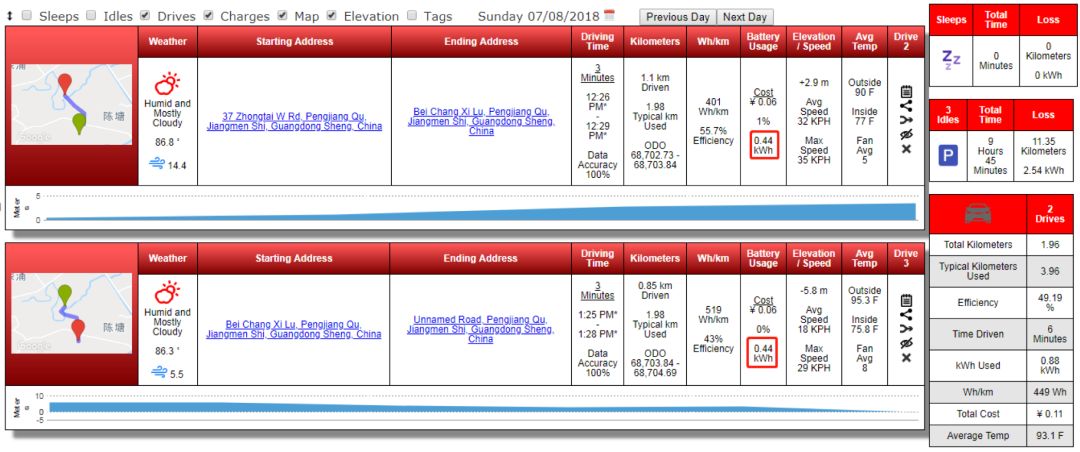
Tesla’s ultra-short distance travel range recorded by Teslafi:
A. 1.1 km, using 0.44 kWh of electricity.
B. 0.85 km, using 0.44 kWh of electricity.
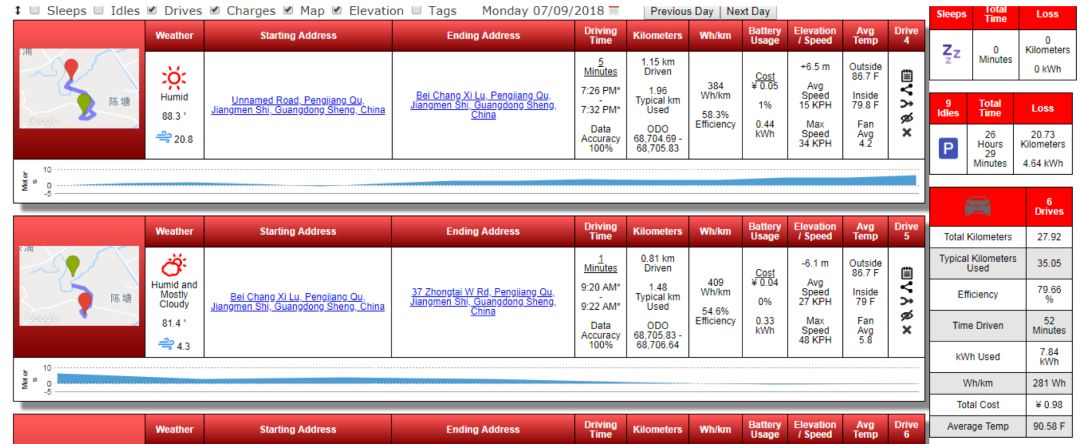
A. 1.15 km, using 0.44 kWh of electricity.
B. 0.81 km, using 0.33 kWh of electricity.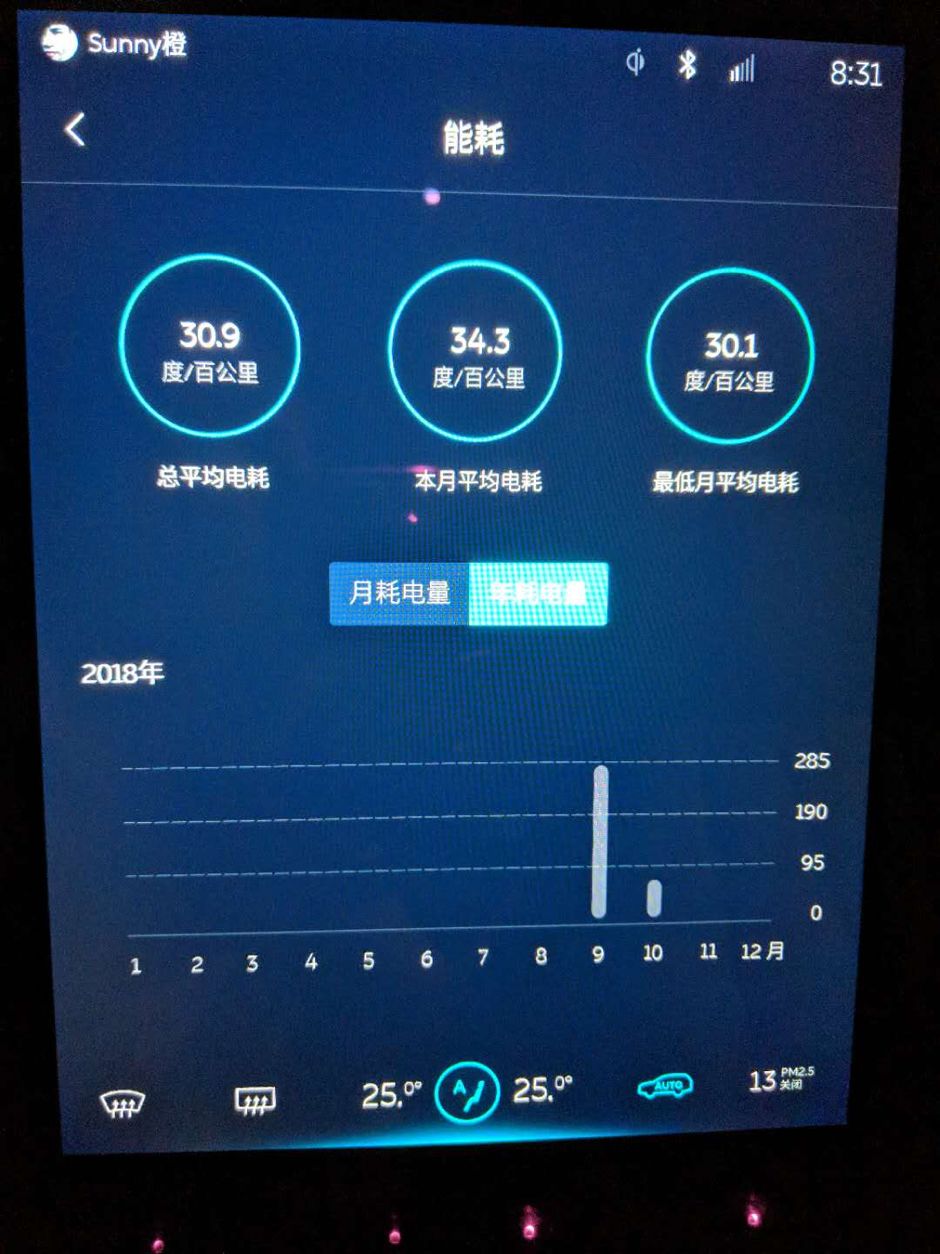
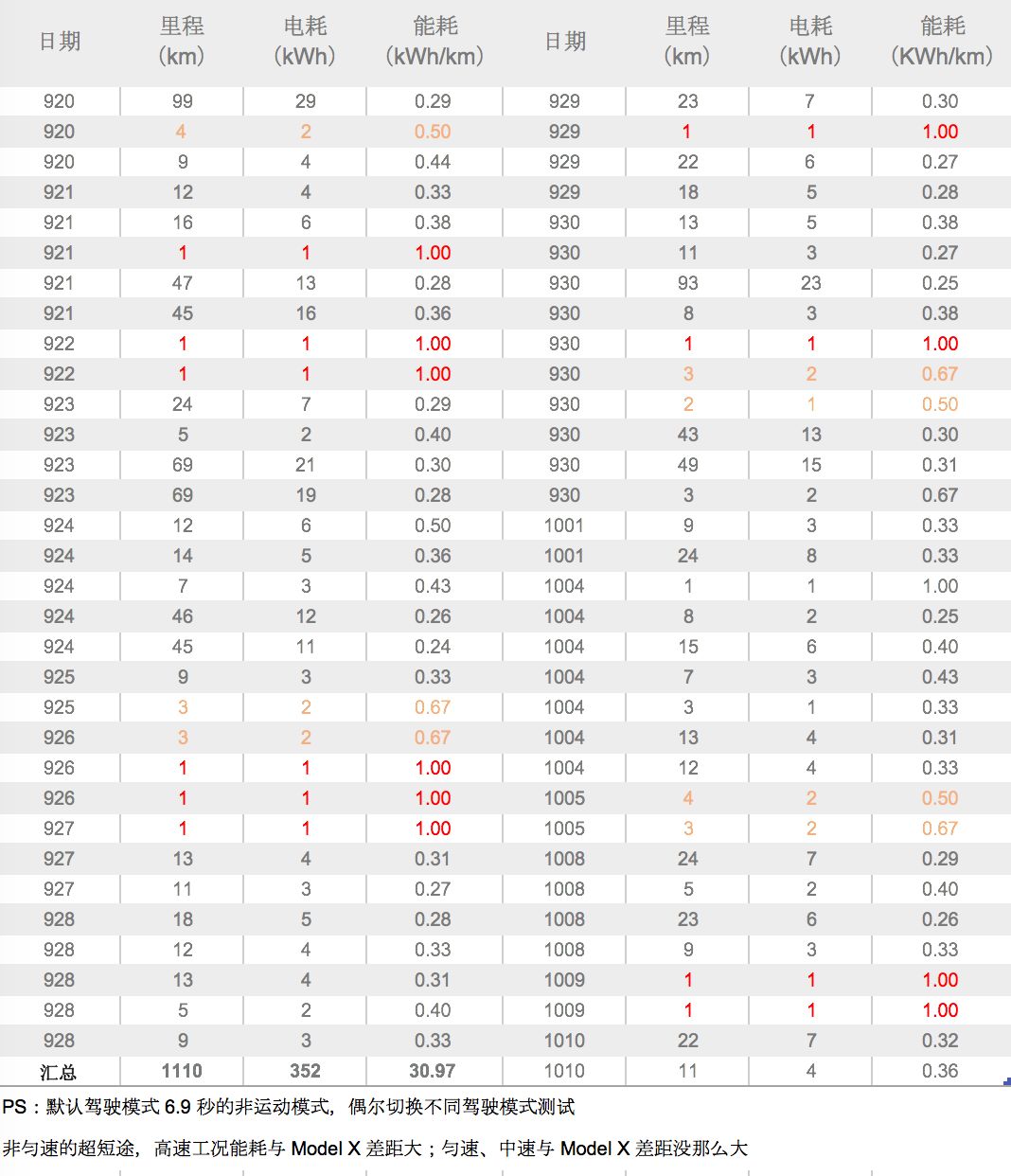
Another hot topic on the Internet: various one-click services
As a car owner, I appreciate NIO’s innovative attempts in services, especially compared to Tesla’s pure self-service style in the US. However, is Tesla too far left and NIO too far right? This is worth discussing!
Looking back at the controversial “where gasoline cars can go, NIO can go too” Xinjiang trip, since most of the tour group members were Tesla owners in Guangdong and Shenzhen, I paid attention to the event organization and departure. Ultimately, I think the official positioning was too deviated and the publicity was too excessive.
Range and charging support are issues for the entire industry and society. NIO deserves recognition for its active exploration and attempts in this regard, but the pressure and plan need some adjustments. The DC fast charging at key locations may be a “small cost, big effect” strategic highland for a period of time. The reliability, stability, and compatibility of current third-party charging companies are all causes for concern. As a stage-wise emergency solution, the existing “energy cloud” is worthy of recognition. It is important to effectively convey the service boundaries to users in promotion and try to avoid the embarrassment of endless human desire.
Recently, NIO’s deployment strategy for battery-swap stations has shifted to focusing on high-speed service areas. As for the feasibility of the business model, time will tell. As a car owner, I suggest adding diversified charging methods. Besides charging by usage times, we can also charge by volume. For example, if the distance between Service Area A and Service Area B is 300 km and I have 250 km of remaining range, I only need to charge 80 km to reach my destination. However, charging or swapping by usage times will greatly reduce the economic benefits. Similarly, for conservative car owners who consider charging or swapping when there is 100 km of remaining range, not having a charging by volume option will also greatly reduce the economic benefits.
Having a home charging environment undoubtedly provides the best electric car experience. NIO’s exclusive piles (home charging piles) have a power of 7 kW, and the on-board charger (UMC) has a power of 1.76 kW. In comparison, Tesla’s home charging piles have a power of up to 21 kW (under 380V), and the on-board charger (UMC) has a power of up to 11 kW (under 380V)! Intuitively speaking, Tesla’s home charging can reach a top speed of 80 km/h, while NIO’s can only reach 40 km/h. Tesla’s on-board charger can reach a top speed of 46 km/h, while NIO’s can only reach 10 km/h.As a NIO car owner, I hope NIO can exert more effort in charging speed besides the one-click charging service. In addition, the charging port cover is also one of the best experiences with Tesla, including the near-field remote control opening and automatic closing, which makes the charging process very elegant. However, NIO requires manual opening of the external cover and the internal waterproof cover, which is a frequently used component outside the car. The use of non-contact automation can provide a better experience and sense of intelligence.
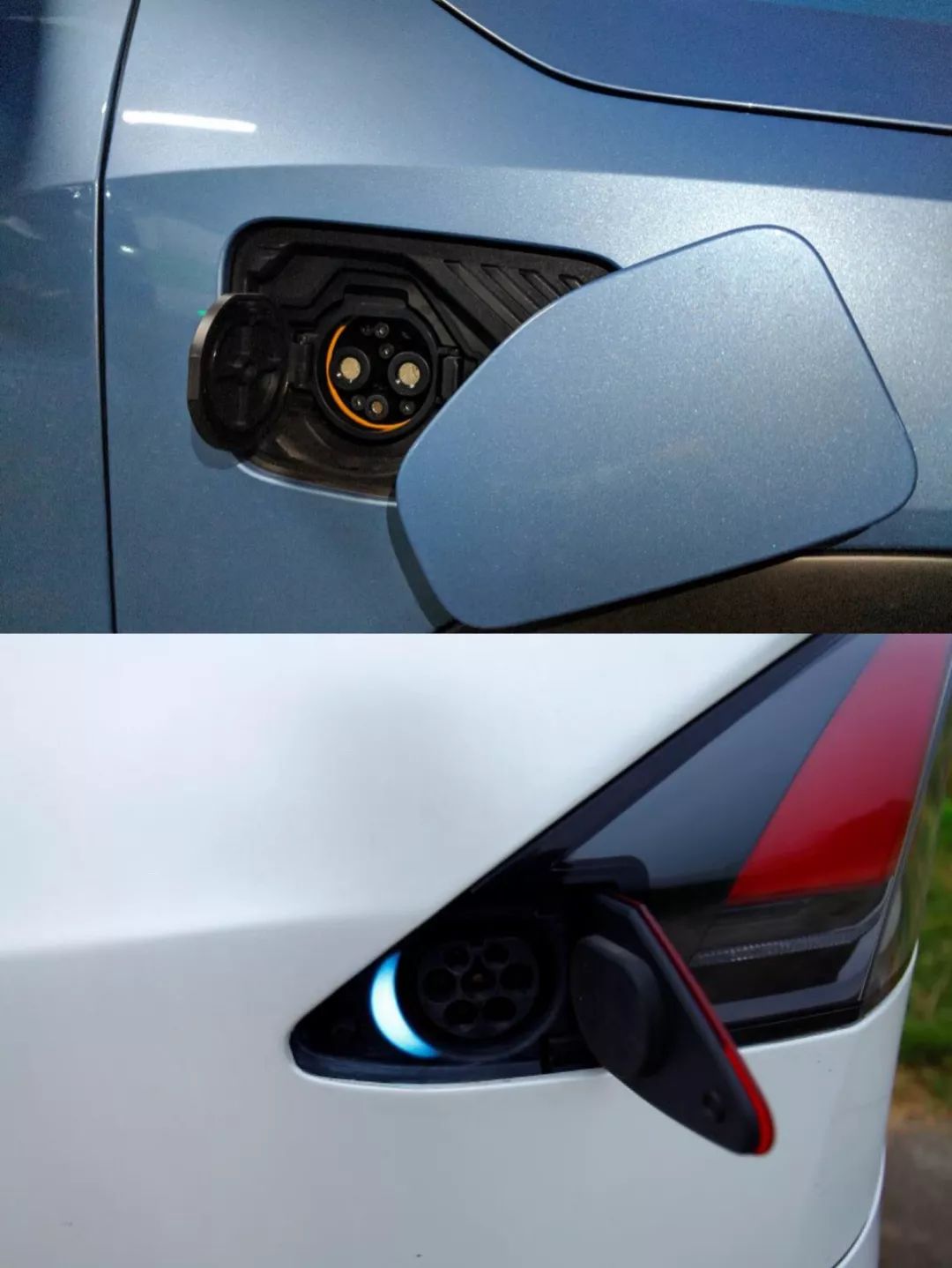
The biggest difference between the NIO App and the Tesla App is that the former carries heavy social and community functions, and the community is the default homepage. This positioning is a double-edged sword. On the one hand, it is quite impressive in terms of new marketing attempts, but on the other hand, the path to controlling the vehicle through the App has become longer and the response is slower. At least three clicks are required to complete a functional operation, not to mention the “My Charging Pile” and “Charging Map” functions hidden under the primary menu “My Car”. In addition, the most commonly used “lock” requires four clicks to reach through sliding before the “car door” can be opened. By comparison, the Tesla App only requires two clicks to open the car door.
Other advantages of the Tesla App include the ability to view the charging history of each charging amount, but the reservation function only has a starting time and no end condition (time or percentage), sending addresses to the vehicle (a function that only Tesla V9 has), and various one-click services.
As the first model from China’s new car-making force to enter the market, the NIO ES8 carries many expectations from the industry and the nation. Its high-profile appearance combined with some “new marketing” methods has caused suspicion of being too forceful and has been the subject of criticism for a while. However, through observing the feedback from the car owner group, the overall user satisfaction is still good. The praised aspects include high performance, hardware, AI voice interaction, and various one-click services, while the criticized aspects are unsurprisingly the endurance and vehicle software system. The overall feeling is that current users still have a positive reputation for the brand.
Now, NIO is facing enormous pressure and challenges to see whether the vehicle software system and the ADAS assisted driving system can meet or even exceed expectations within the “user tolerance period”. Because some rational users (especially those who are dual car owners of Tesla) have begun to realize the gap between NIO and Tesla in terms of vehicle software, assisted driving, and energy consumption control, rather than following the rhetoric that “NIO is better than Tesla” led by some parties at the beginning.I have mixed feelings about NIO ES8: on the one hand, the mechanical part surprised me, but on the other hand, the incomplete car system disappointed me. And the part I am most looking forward to – assisted driving – is still out of reach. However, thanks to my experience with Tesla and my strong desire to try new things, accompanying NIO’s growth may also be one of the core pleasures for global geeks without borders!


-
Elon Musk is the first, Bill Gates is the second | Tesla owners say
-
Will NIO’s battery swapping eventually follow Tesla’s old path? | 42Group

This article is a translation by ChatGPT of a Chinese report from 42HOW. If you have any questions about it, please email bd@42how.com.
